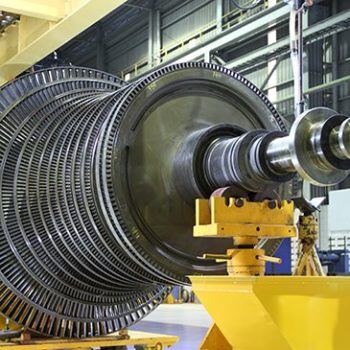
Can ERP really improve shop labor performance, making a big difference on cost, quality and on-time delivery? Yes, a lot more than you think. Envision a shop where all clock (payroll) time is accounted for on a job, whether direct or indirect, and there is almost no input – only biometric identification and selection of the job recommended on a touch screen. All documentation, including prints, quality instructions, setup sheets, are at your fingertips. Some companies experience a 25% improvement in labor costs, typically resulting in enhanced on-time delivery and improved quality.
Here is where many manufacturers using enterprise resource planning software (ERP) realize their quickest and biggest return on investment. How? It’s simply a matter of using ERP to accurately track shop labor, both direct and indirect, for the very first time. Without an ERP system, most companies don’t track direct labor, or they do it very poorly. With ERP, it’s much easier and more accurate to track direct labor for every job on the shop floor. Employees simply log into the system when they start a job, log out when they finish, and an advanced ERP system should do the rest.
The ERP system automatically records direct labor time for every employee. It assigns any time not on a job to indirect labor. And, it offers a variety of reporting options that allow you to make better labor allocation decisions. All of which improves labor efficiency in several important ways:
- Reduced labor costs. ERP improves direct and indirect labor costs by measuring how much time employees spend on a job. Direct labor is measured down to the minute. Indirect labor is meticulously accounted for and minimized, with all the documentation and scheduling performed online.
- Reduced overtime. When manufacturers perceive the need to work overtime, it usually means that too many employees work overtime. An ERP system often has the capability to dramatically reduce overtime costs by identifying the specific areas that need to work overtime and allowing you to schedule only those employees rather than an entire department.
- Less employee downtime. With ERP job logon and tracking, operators know exactly what they are supposed to be working on and when. There is no wasted time searching for lost job orders, fumbling through paperwork, waiting for materials to arrive, or standing around wondering what to do next.
- More accurate job costing. You can’t determine the true cost of a job until you know all the labor time involved. Without an integrated system to track all labor and material expenses, this usually occurs one or two days after the job is completed. With ERP software, you can close the work order on the same day the job is finished, with complete confidence that all costs are accounted for.
- More accurate estimating. A good ERP system will provide an effective check-and-balance system between estimating and actual results. By comparing the employee’s time on the job with the estimate, you can assess the accuracy of your estimator and/or determine whether employees are performing up to the estimator’s expectations.
- Increased accountability. Employees want to perform well, but without accurate feedback they have no real way of knowing how they are doing. When you measure their performance with ERP tools, areas that need improvement become apparent. Some manufacturers using ERP can expect to experience reductions in indirect time of 10% to 12% just by measuring alone.